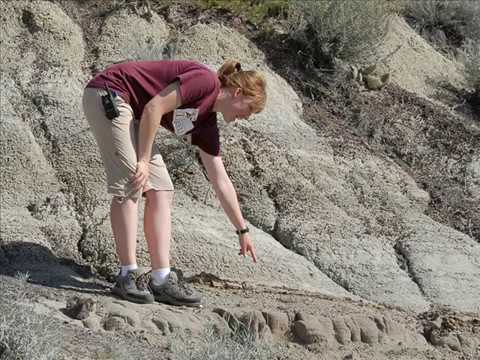Description:
Explore the paleoenvironments of the Horseshoe Canyon Formation in this 49-minute lecture from the Royal Tyrrell Museum Speaker Series. Delve into the Late Cretaceous period around Drumheller, Alberta, as Annie Quinney from the University of Calgary presents her research. Learn about various methodologies used in paleoenvironmental reconstruction, including the study of modern and ancient soils, field work techniques, and petrographic and geochemical analyses. Discover the different types of paleosols found in the Horseshoe Canyon Formation and their significance as environmental indicators. Examine the subtropical forest ecosystem of Unit 2 and the faunal turnover observed in Unit 4. Gain insights into new discoveries and their implications for understanding this ancient ecosystem. Originally presented in 2012, this talk offers a comprehensive look at the paleoenvironmental history of this important geological formation.

Reconstructing the Paleoenvironments of the Horseshoe Canyon Formation
Add to list